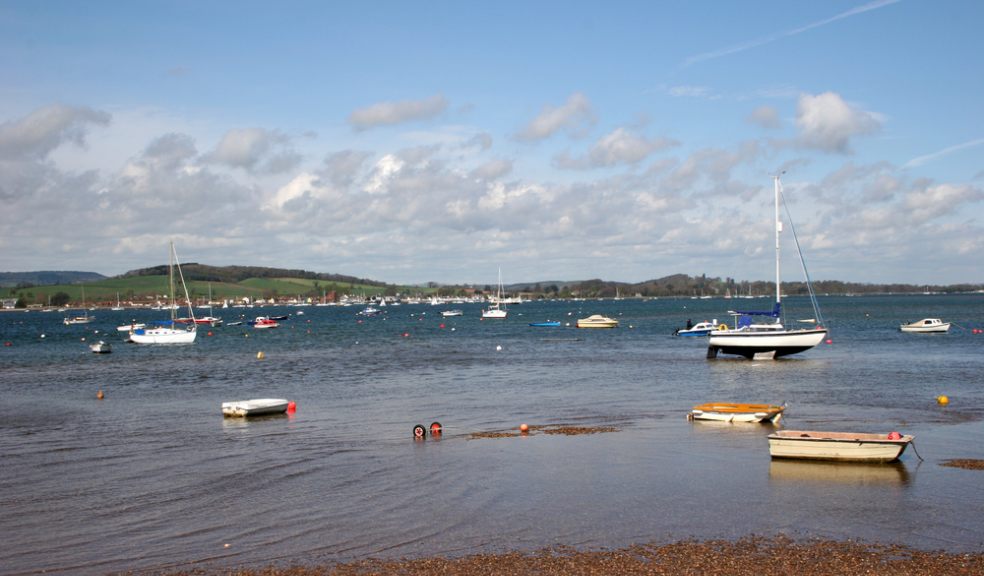
Have your say on review of Exe Estuary Zones and codes of conduct
To ensure the safety of people enjoying the Exe Estuary at the same time as protecting the rare and vulnerable wildlife, people are invited to have their say on a review of activity zones and codes of conduct in and around the Exe Estuary before the 28 April 2017.
People are being invited to share their views about the future use of this beautiful natural resource. The comments received will help to inform new voluntary exclusion zones and codes of conduct that will ensure people and wildlife continue to share and enjoy this special area for years to come.
The Exe Estuary Management Partnership (EEMP) wants to hear from dog walkers, water based users, local businesses, residents, visitors and interested organisations to help agree the use of the Exe for the future.
A public meeting is being held on 20 April, 6pm at County Hall, Exeter (booking is essential via this link: https://tinyurl.com/lk9623z) or you can answer an online questionnaire www.exe-estuary.org/national-and-local-consultations, alternatively you can email exeestua@devon.gov.uk or write to: The Exe Estuary Officer, c/o Devon County Council, Lucombe house, County Hall, Topsham Rd, Exeter EX2 4QD.
The Exe Estuary is a beautiful place, internationally recognised for its importance to wildlife and well-known as a popular destination for water-based activities. With the wide variety of activities that take place on the Exe, the EEMP strives to work with local users and communities to strike a balance between the interests of different user groups and our important wildlife.
The Exe Estuary Management Partnership (EEMP) is conducting the consultation on behalf of a partnership of Teignbridge, East Devon and Exeter Councils, called the South East Devon Habitat Regulations Partnership, which helps to protect places such as the Exe Estuary, Dawlish Warren and the East Devon Pebblebed Heaths for future generations to enjoy.
With a growing population, there is likely to be more activity on these significant conservation sites. Protecting these sites for residents and visitors alike is important for a number of reasons, including providing safe areas for all users to enjoy and caring for the bird populations they support. Human activity on or close to the sites has been shown to cause disturbance which restricts habitats available to the protected bird species.
Whilst many local people already make space for wildlife in particularly sensitive areas, other visitors may not know which areas to avoid during their exploration of the Exe. This consultation aims to pinpoint which areas the local users are happy to promote as voluntary exclusion zones or “wildlife areas”, as particularly important areas to stay out of, to allow space for wildlife to feed and rest.
Details of the initial proposals are available to view on the EEMP website at www.exe-estuary.org - these are working drafts which are likely to be amended as work with users continues to better understand their use of the estuary.
Stephanie Clark, Exe Estuary Officer, said: “The majority of users of the Exe Estuary value the Exe for the special place that it is, working with us for many years to protect the natural beauty and wildlife of this special place. The experience and expertise of people who have spent time on the Estuary is important to us and we welcome their input. We want to work together to reach an agreement on what can be promoted as sensitive areas for wildlife, whilst also allowing safe space for activities to continue on the Exe. We also want to clarify and promote how other visitors can use the estuary in a responsible way.”


















